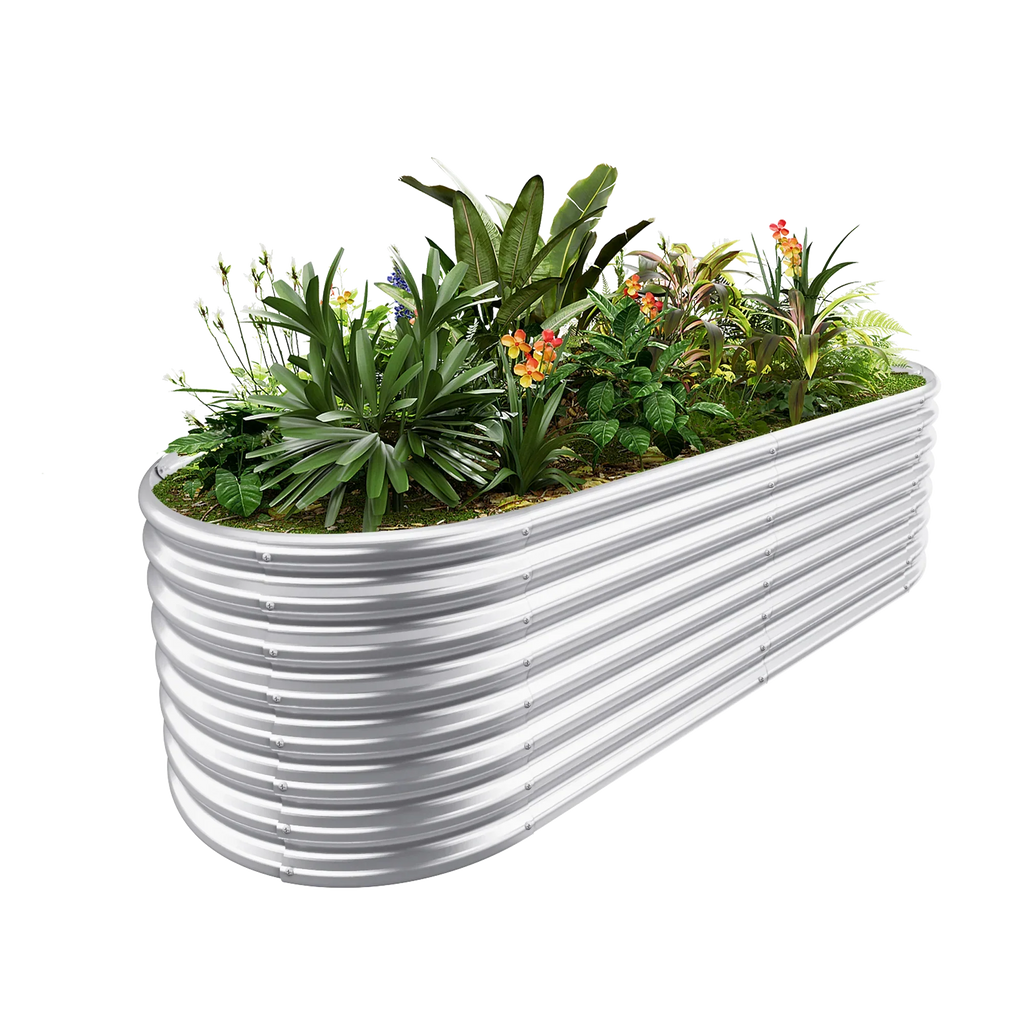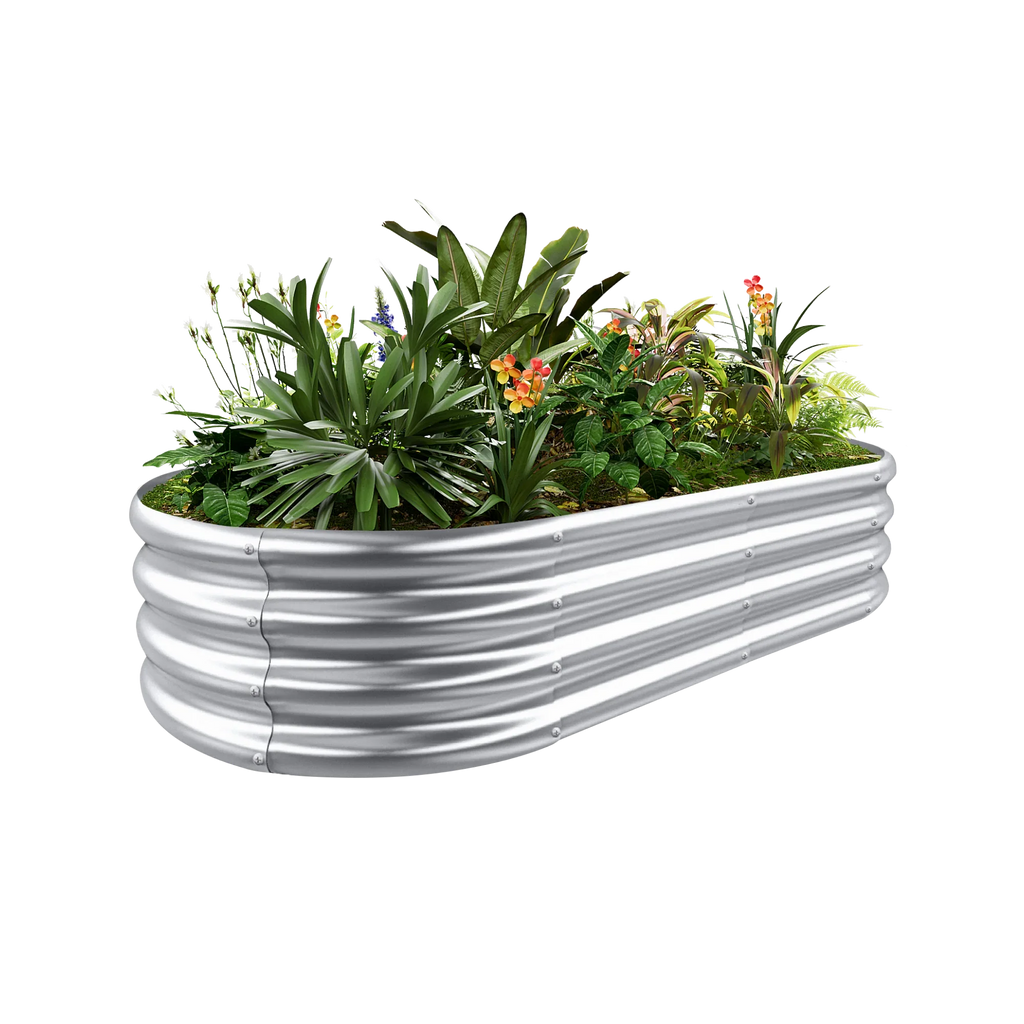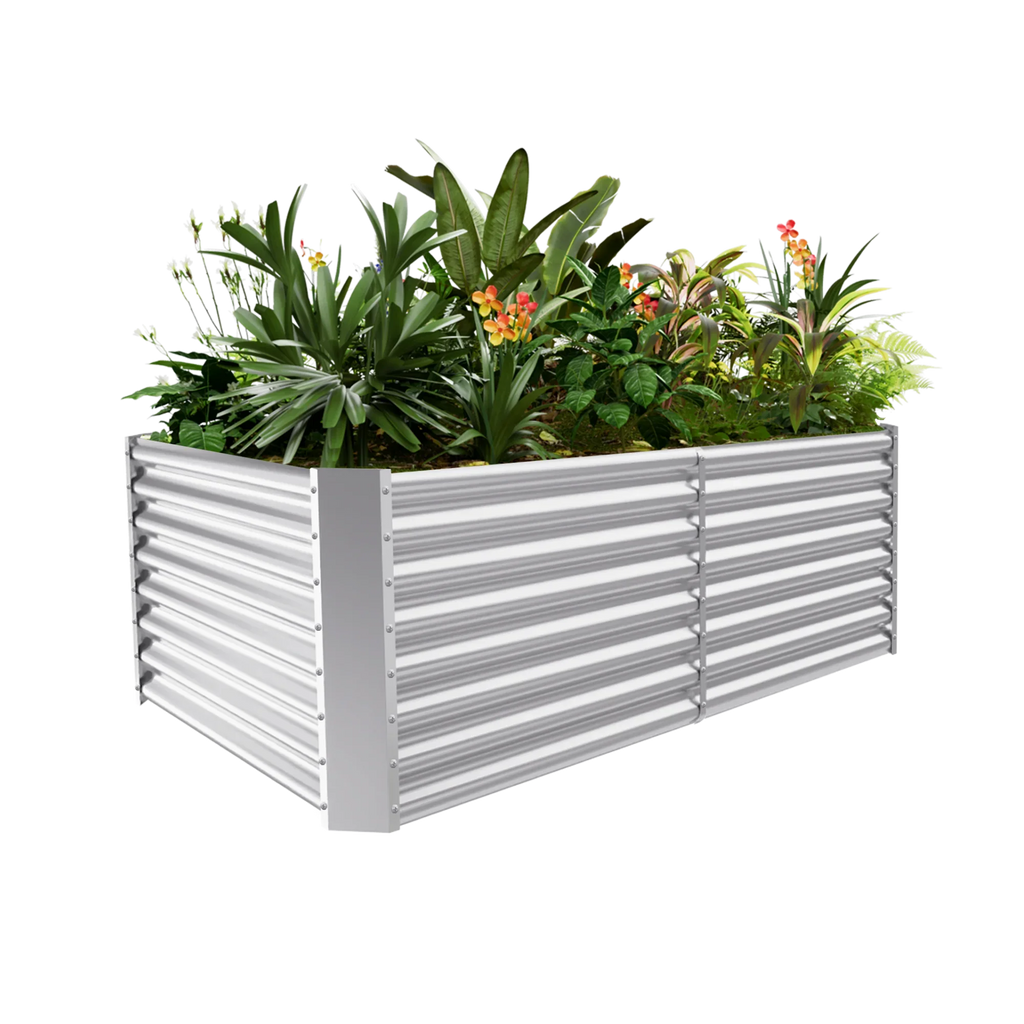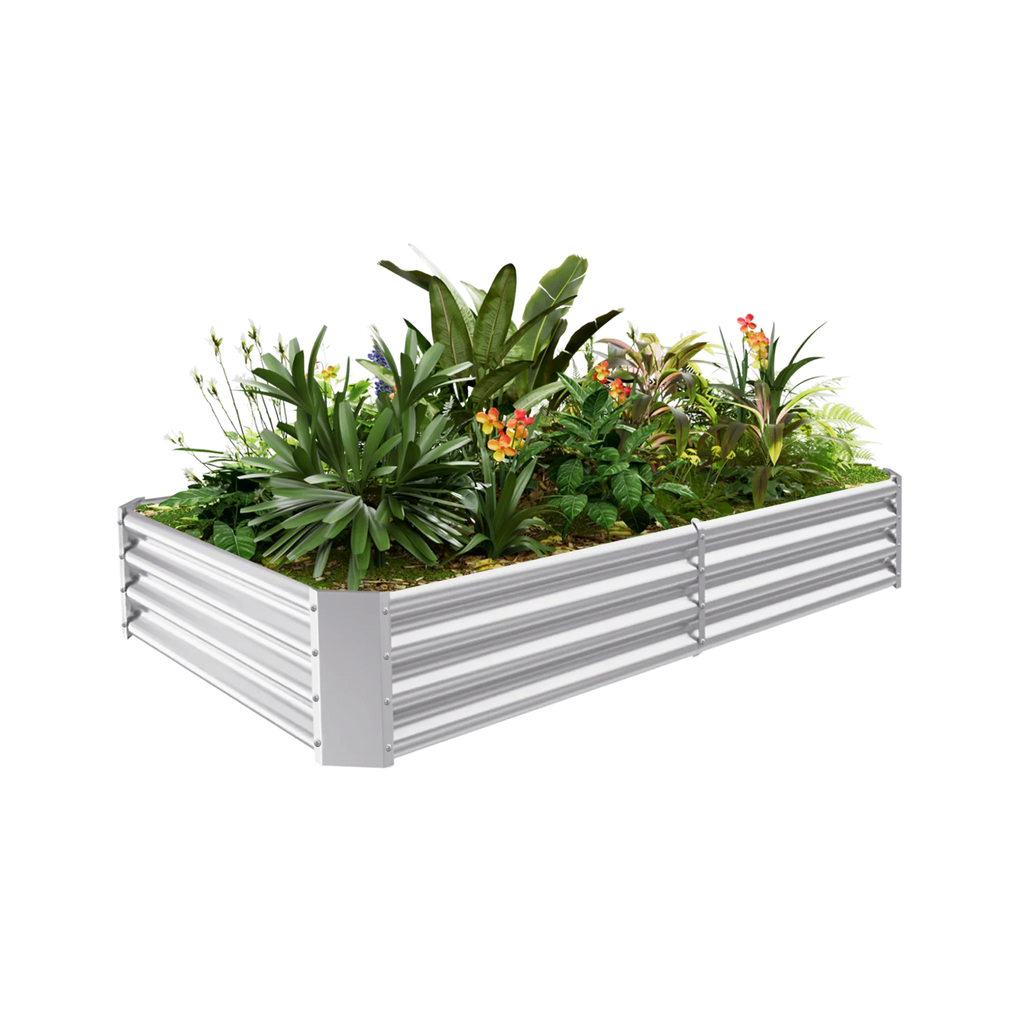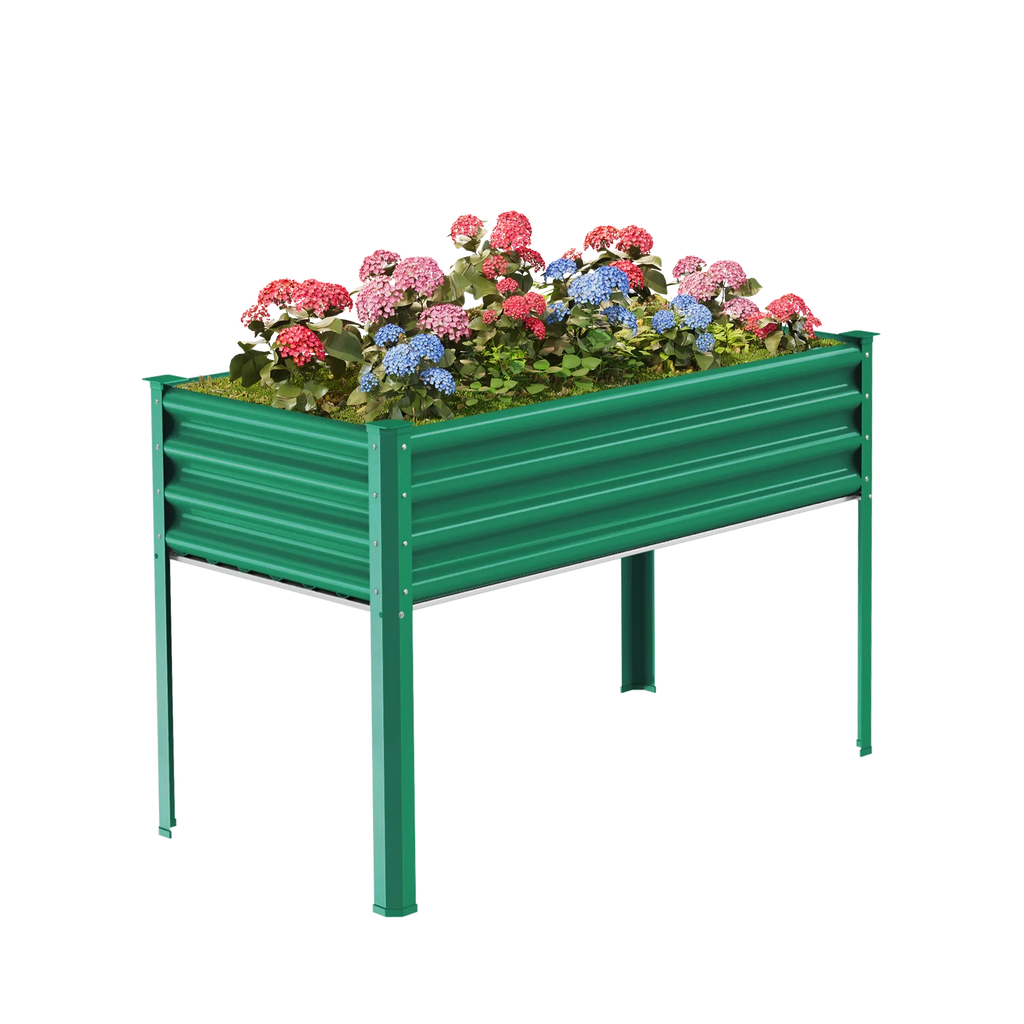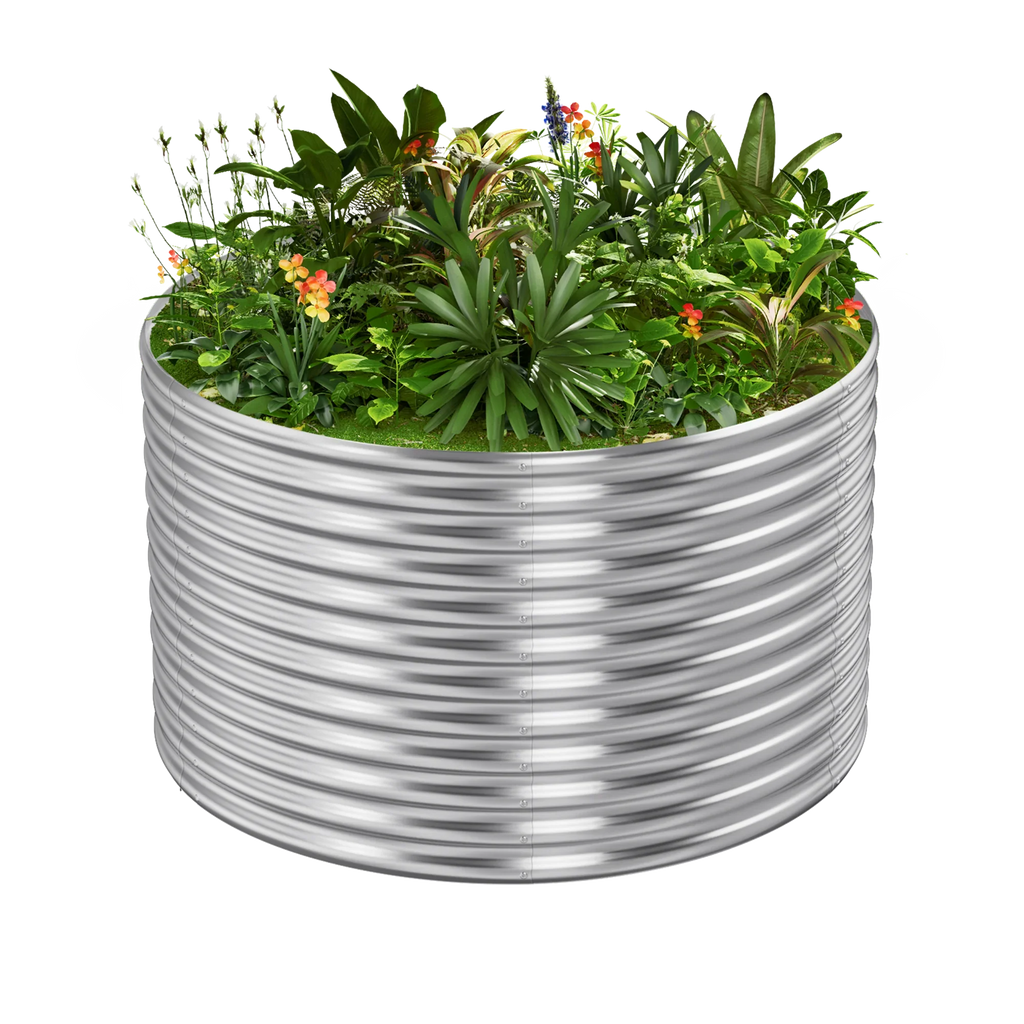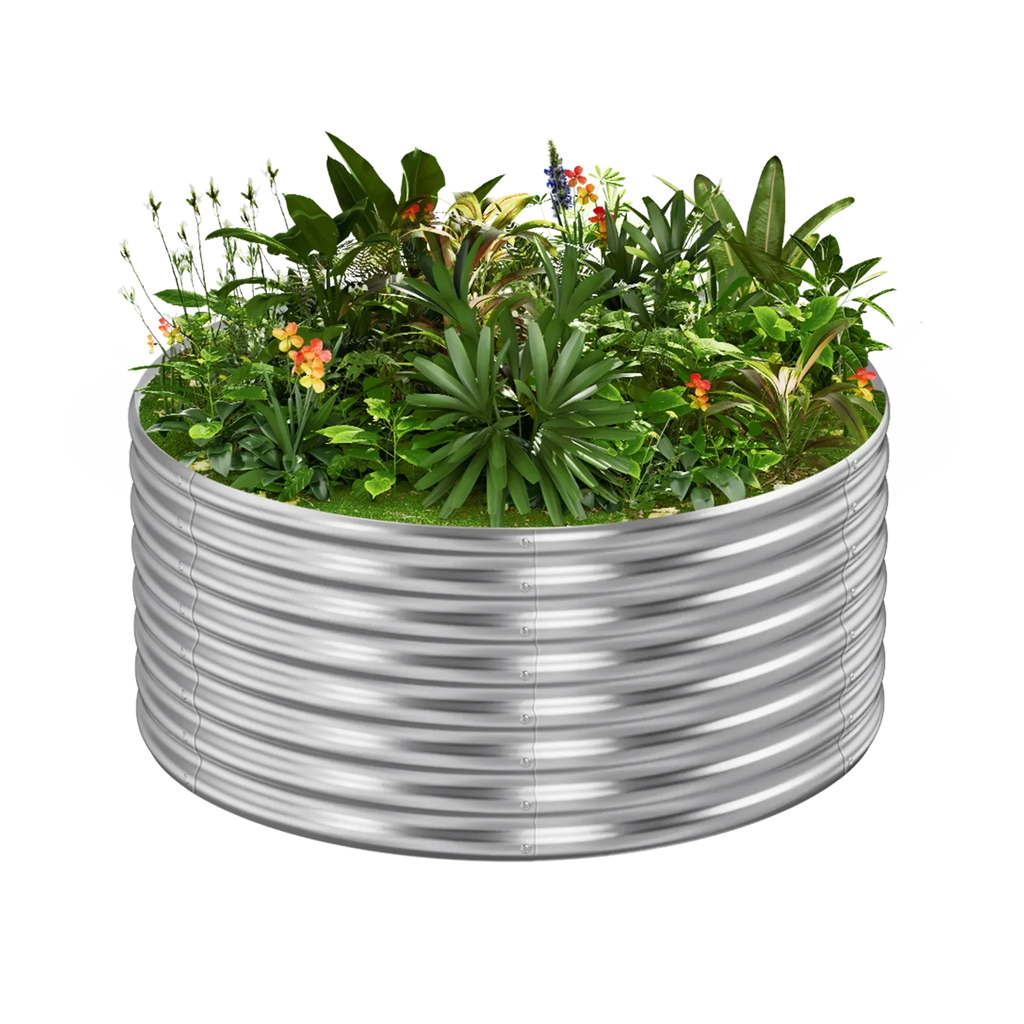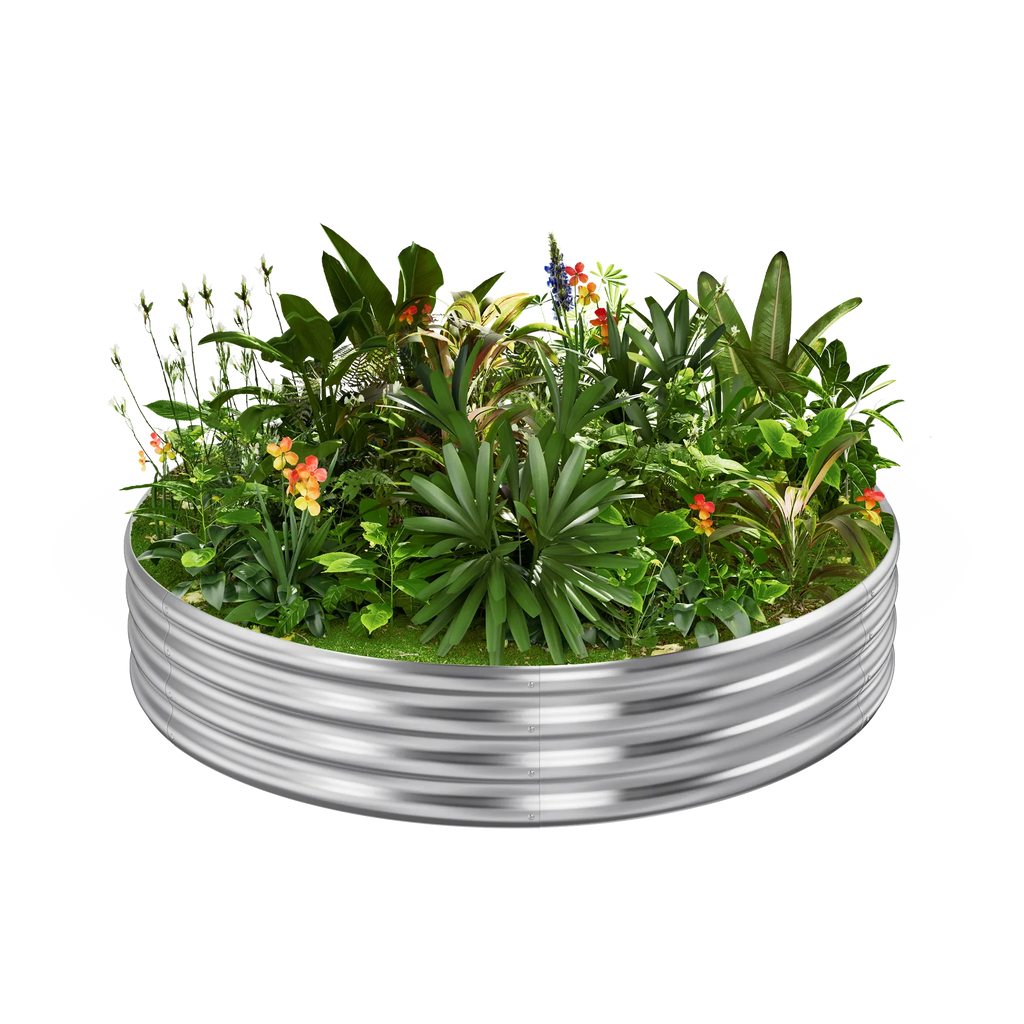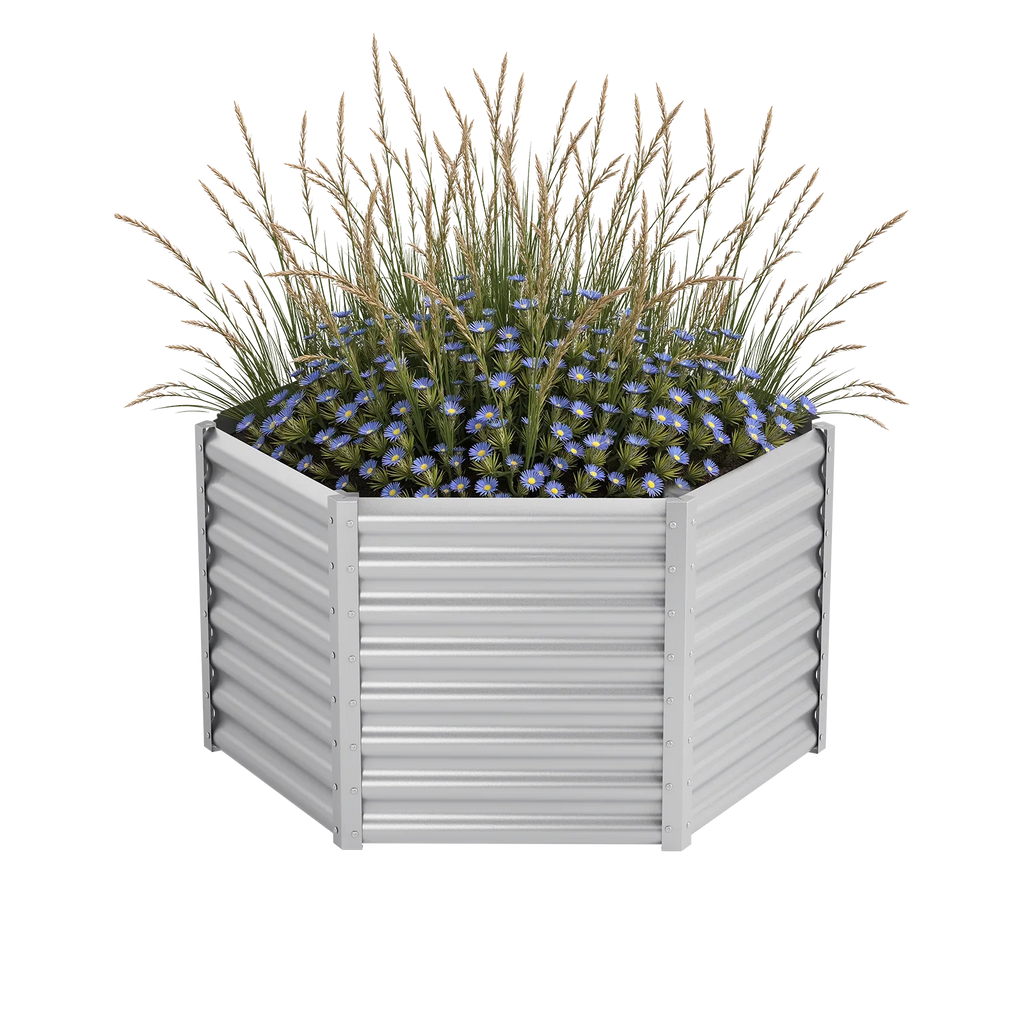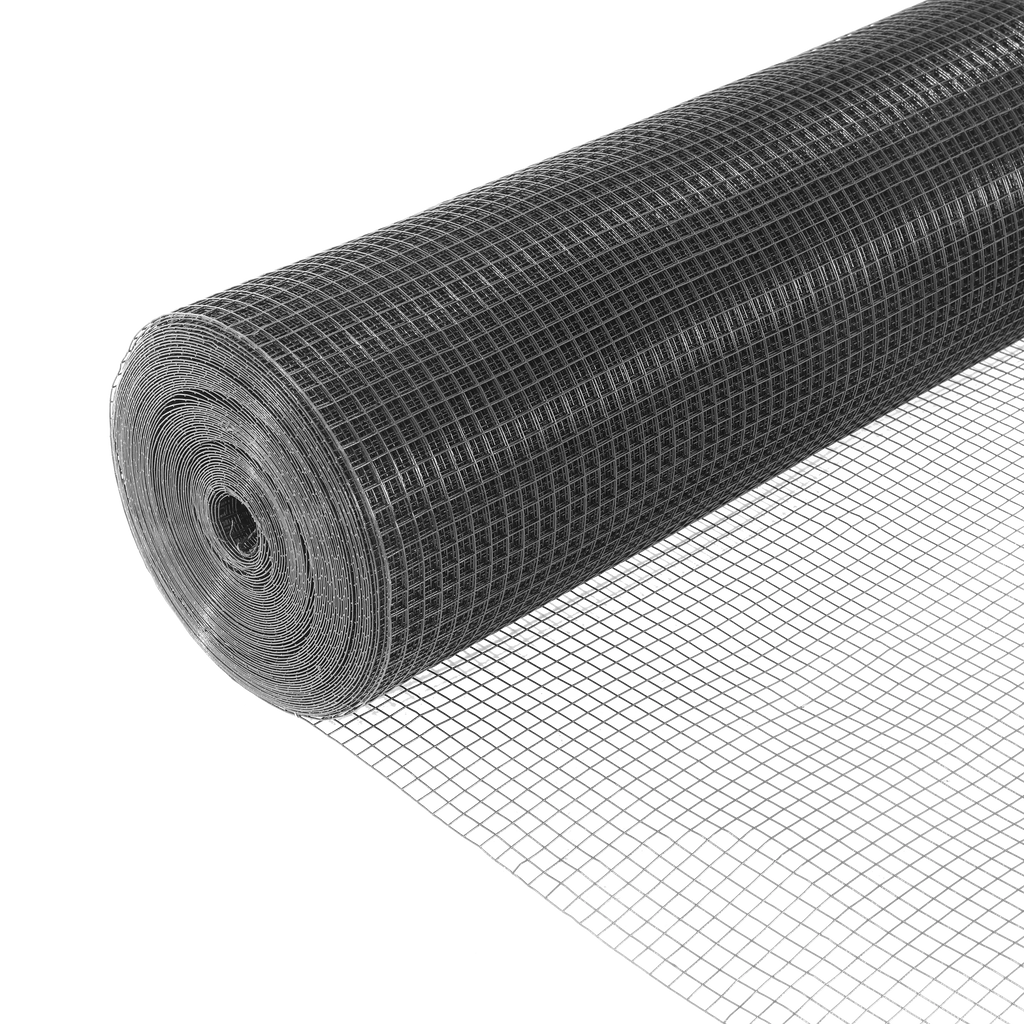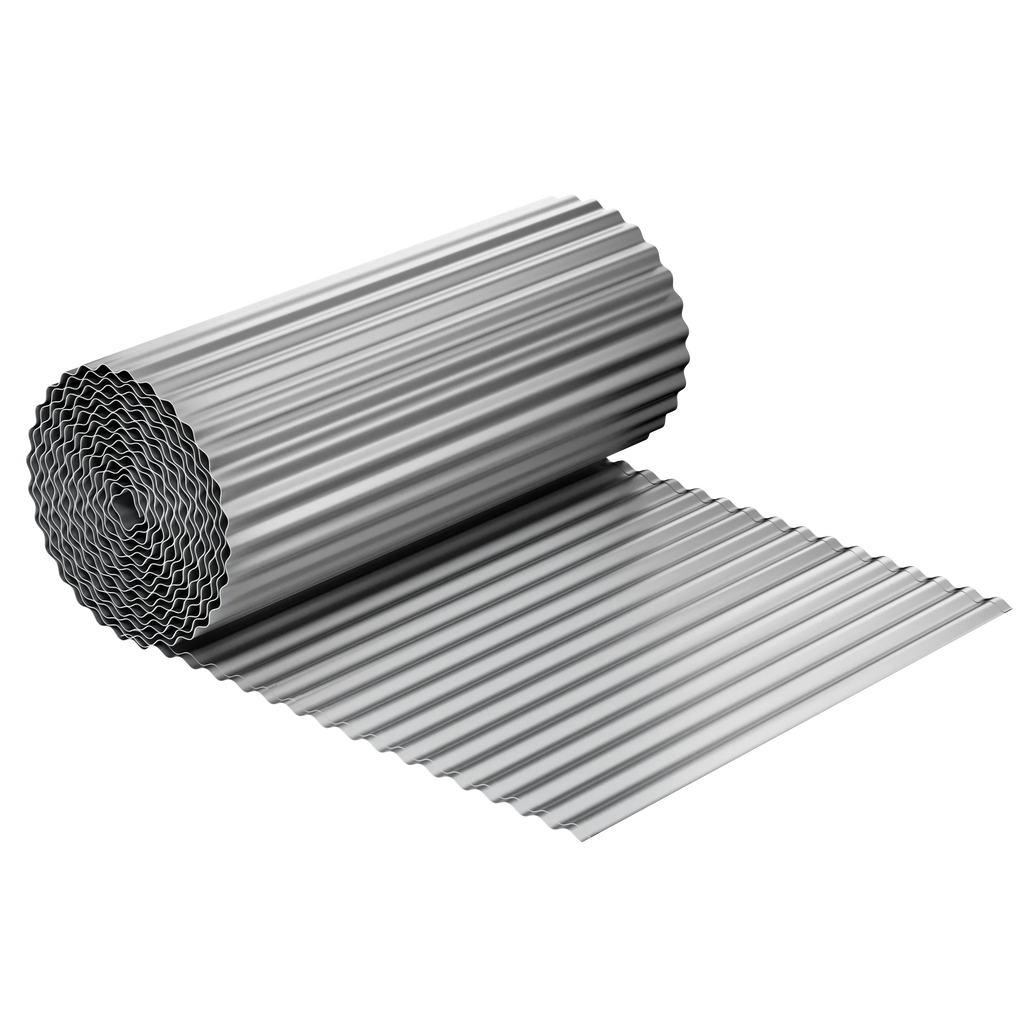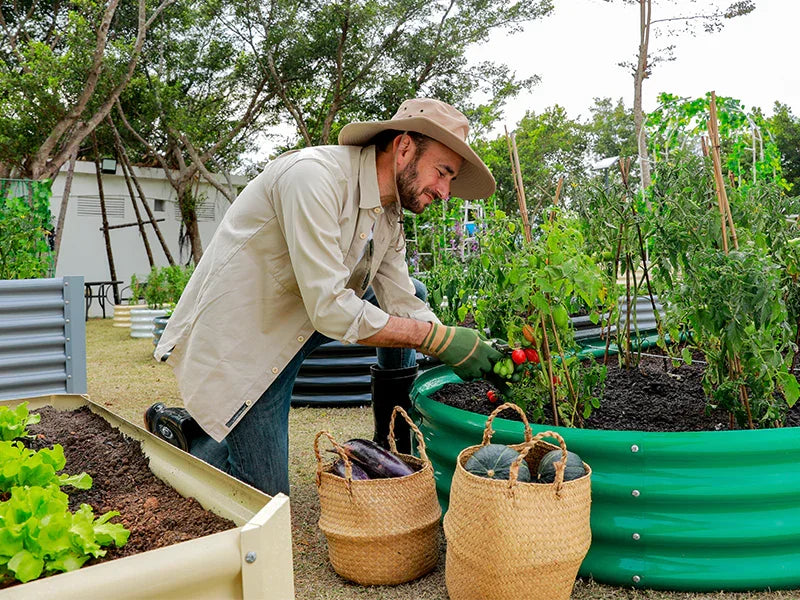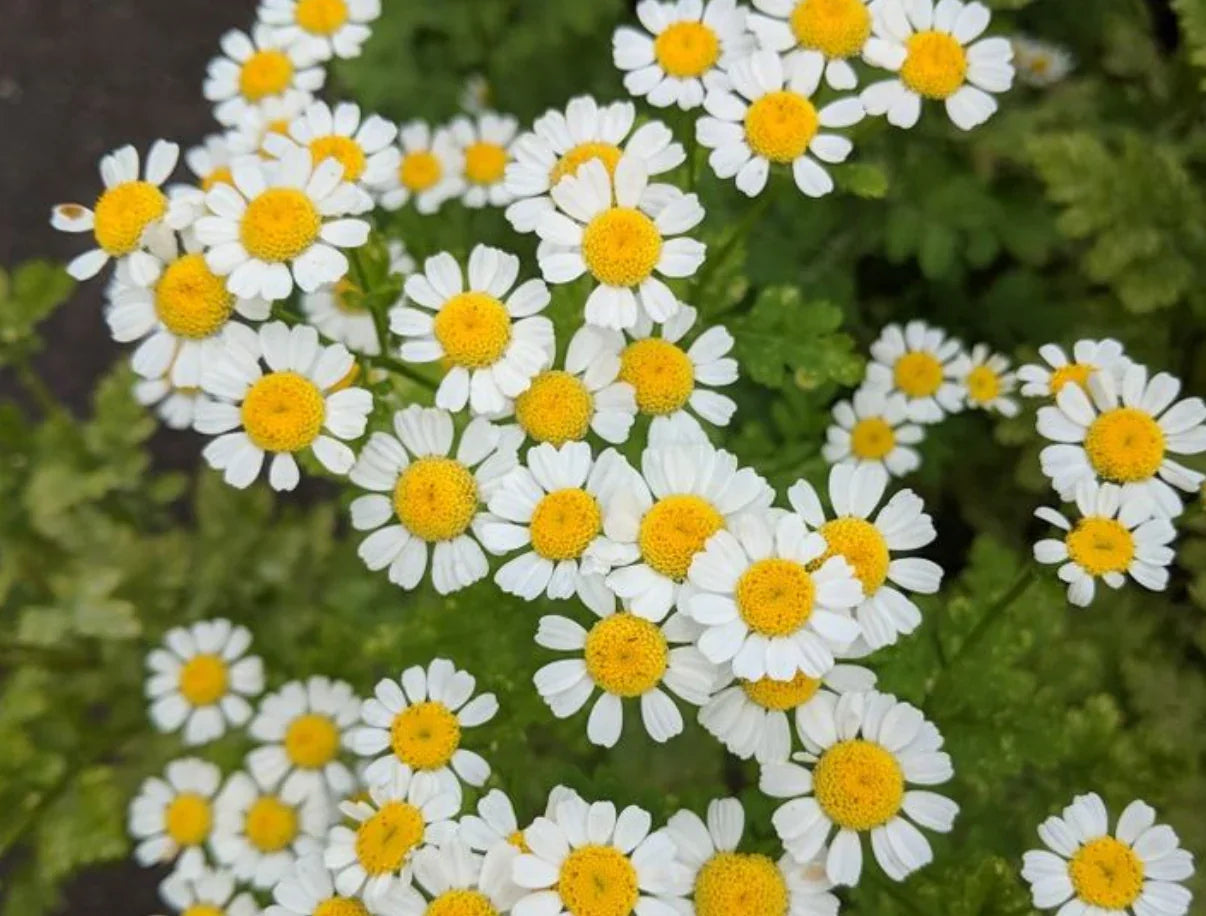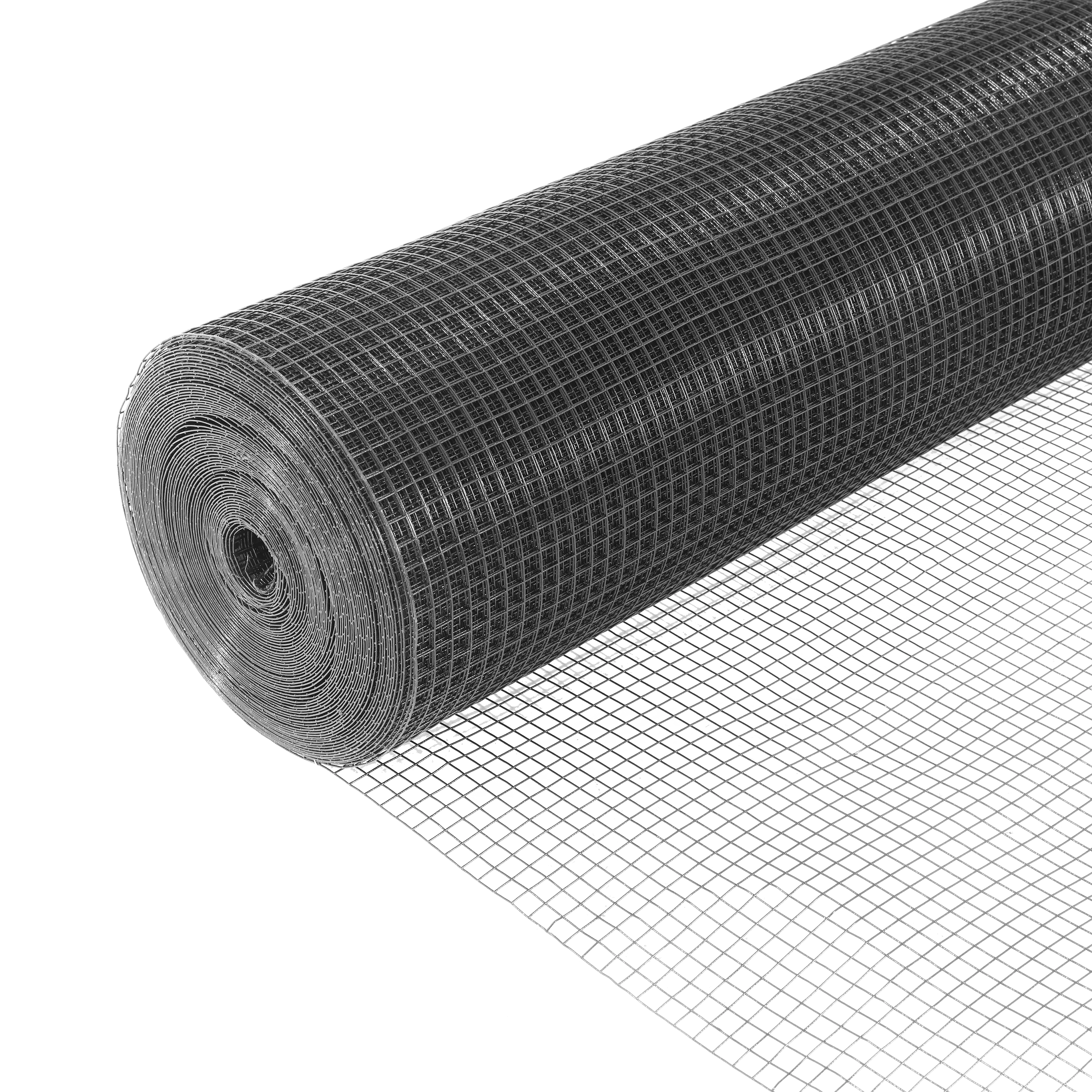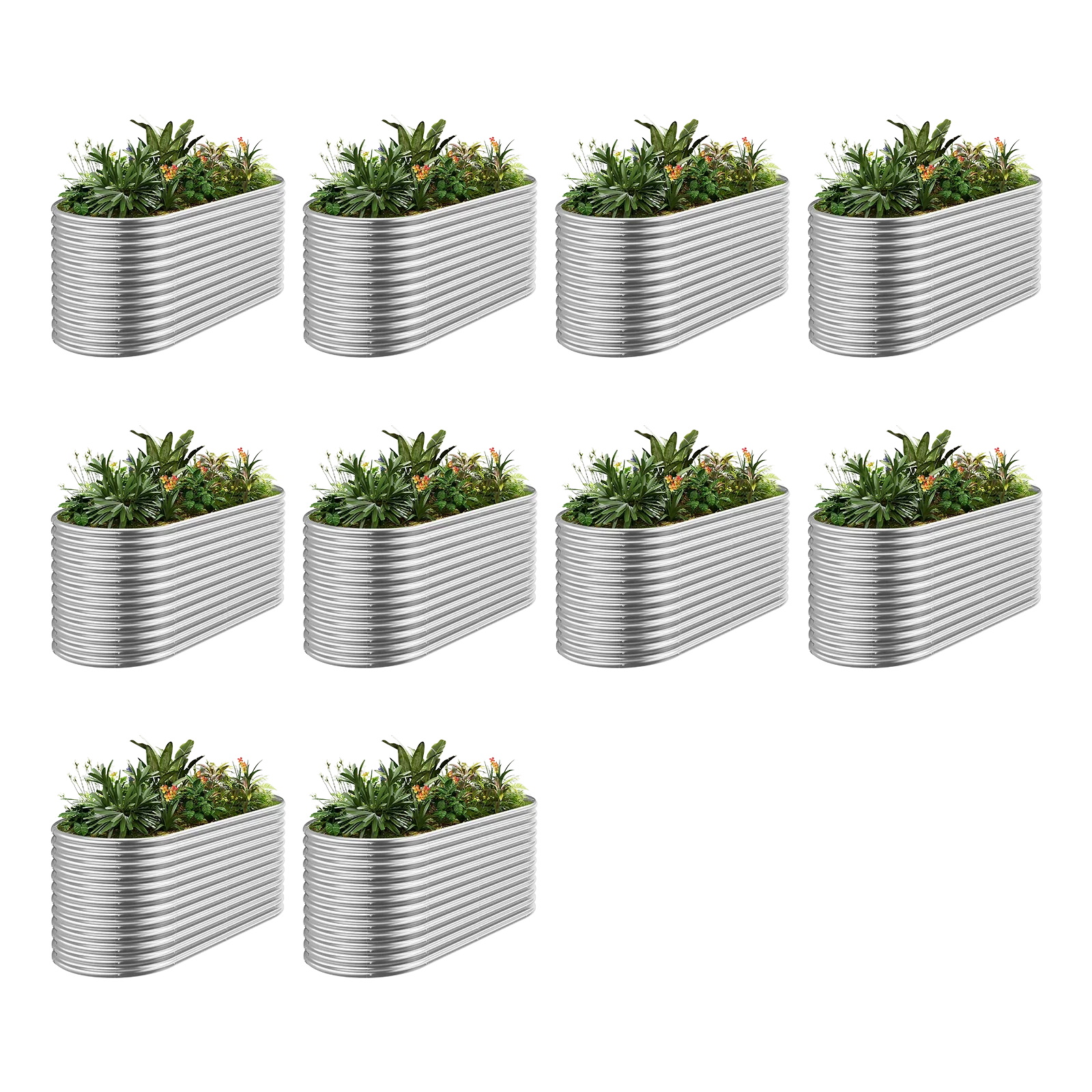Fellow garden enthusiasts! Nothing beats the joy of biting into juicy, homegrown berries, but outdoor weather can cut the season short or dampen your harvest. Enter the greenhouse—a game-changer for berry lovers! Growing raspberries and blackberries in a greenhouse extends the season, shields plants from pests, and ensures a steady supply of delicious fruit. But which berry reigns supreme in your greenhouse? This article compares raspberries and blackberries, diving into their growing needs, care tips, and suitability to help you pick the perfect crop for your setup.

Why Grow Berries in a Greenhouse?
Greenhouses create a controlled haven for berries, offering stable temperatures, protection from harsh weather, and reduced pest pressure. Both raspberries and blackberries thrive in this environment, producing sweet, plump fruit with the right care. By managing light, soil, and humidity, you can stretch the growing season and enjoy berries year-round. Let’s explore how these two berry superstars stack up in the greenhouse!
Choosing the Right Varieties for Your Greenhouse
Raspberries: Everbearing varieties like Heritage and Fall Gold are greenhouse favorites, yielding fruit from late summer into fall. Thornless options like Joan J or Autumn Bliss make harvesting kid-friendly. Raspberries grow as canes, requiring support like trellises to keep them tidy in compact spaces.
Blackberries: Thornless varieties such as Apache, Arapaho, or Triple Crown shine in greenhouses, alongside robust types like Prime-Ark Freedom. Blackberries form vigorous vines that climb aggressively, so sturdy trellises or supports are a must to manage their sprawl.
Both berries adapt well to greenhouse containers or raised beds, but their space and support needs differ.
Creating the Perfect Greenhouse Environment
Temperature Control: Raspberries prefer cooler conditions (65-75°F or 18-24°C), thriving with good ventilation to prevent overheating. Blackberries tolerate warmer temperatures (70-80°F or 20-27°C), making them more resilient in summer heat. Use vents, fans, or shade cloths to maintain stable conditions, especially in unheated greenhouses during winter.
Light: Both berries love sunlight, needing 6-10 hours daily for optimal fruit quality. Raspberries require bright, consistent light to avoid leggy growth, while blackberries can handle partial shade. Position your greenhouse for maximum daylight, and add LED grow lights for cloudy days or winter months. Ensure taller blackberry vines don’t shade out raspberry canes.
Soil Preparation: Raspberries and blackberries both demand acidic soil (pH 5.5-6.5). Add sulfur chips, peat moss, or coffee grounds to lower pH. Well-draining, loamy soil enriched with compost is ideal. Raised garden beds in greenhouses enhance drainage and airflow, reducing disease risks.
Using Raised Garden Beds for Berries
Raised garden beds are a greenhouse gardener’s best friend for raspberries and blackberries. They provide ample root space, prevent overcrowding, and improve drainage—crucial for these moisture-sensitive plants. Beds also promote airflow, reducing humidity-related issues like mold. For raspberries, a 2-3 foot wide bed supports their upright canes, while blackberries need wider beds (3-4 feet) to accommodate sprawling vines. Add trellises or stakes to guide growth and maximize vertical space.
Watering for Optimal Growth
Both berries need consistent moisture but hate waterlogged roots. Raspberries require regular watering to keep soil evenly moist, especially during fruiting. Blackberries are slightly more drought-tolerant but still need steady hydration. Use drip irrigation or pots with drainage holes to deliver water efficiently. Aim for moist, not soggy, soil to promote healthy roots and prevent fungal issues like root rot.
Fertilization for Healthy Plants
A slow-release fertilizer (e.g., 10-10-10) applied in early spring fuels raspberry and blackberry growth as they emerge from dormancy. During late summer, a boost of potassium and phosphorus enhances fruit production. Avoid over-fertilizing, as it can lead to excessive foliage at the expense of berries. Incorporate compost annually to maintain soil fertility in raised beds.
Pollination
Raspberries and blackberries are self-pollinating, but pollinators like bees or hoverflies can significantly boost fruit set in a greenhouse. Introduce a small beehive or use hand-pollination with a soft brush for consistent yields. Open vents to encourage airflow and natural pollen spread, especially during warm summer days.
Pest Management
Greenhouses reduce outdoor pest threats, but vigilance is key. Raspberries are prone to aphids and powdery mildew, while blackberries may face anthracnose. Regular inspections, good airflow, and organic sprays (like neem oil) keep issues at bay. Maintain moderate humidity (50-70%) and avoid overcrowding in raised beds to minimize mold and pest risks.
Pruning for Health and Productivity
Pruning keeps raspberries and blackberries productive. For raspberries, remove spent canes after harvest and thin weak ones to encourage strong growth. Blackberries require more intensive pruning—cut back old canes and train new ones onto supports to prevent tangling. Early spring pruning for both establishes healthy canes, directing energy toward fruit production.
Final Thoughts
Raspberries and blackberries share a love for sunlight, acidic soil, and good care, but their greenhouse needs diverge. Raspberries suit smaller spaces and cooler conditions, ideal for beginners or compact greenhouses. Blackberries, with their vigorous vines and heat tolerance, thrive in larger setups with ample room. In a greenhouse, both can yield bountiful harvests with proper attention. Choose based on your space, time, and taste preferences, and watch your greenhouse burst with berry bliss!






